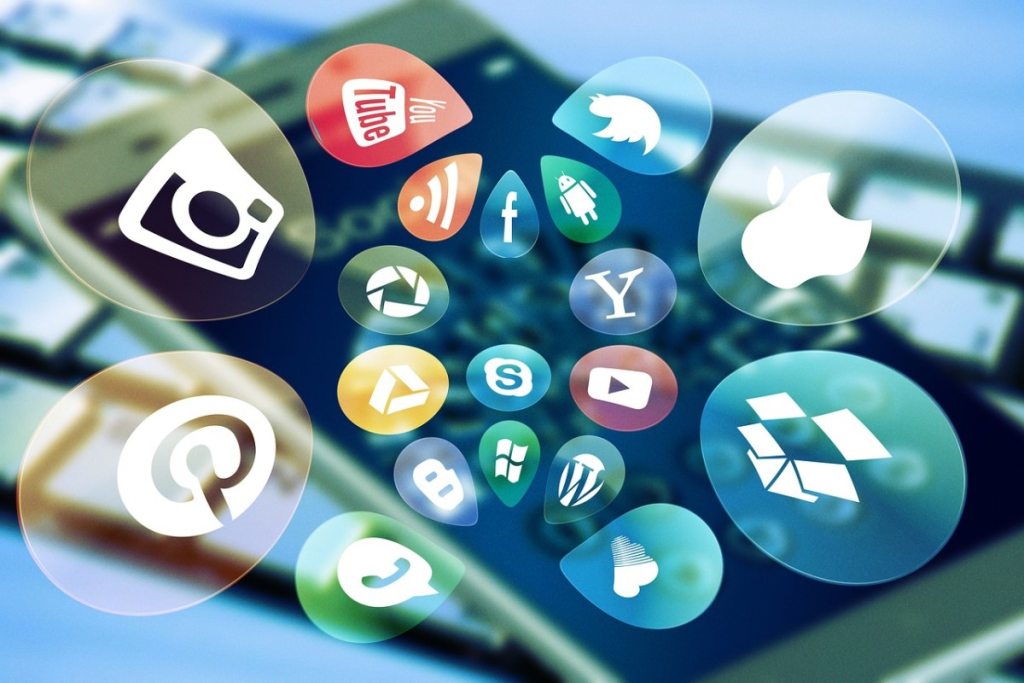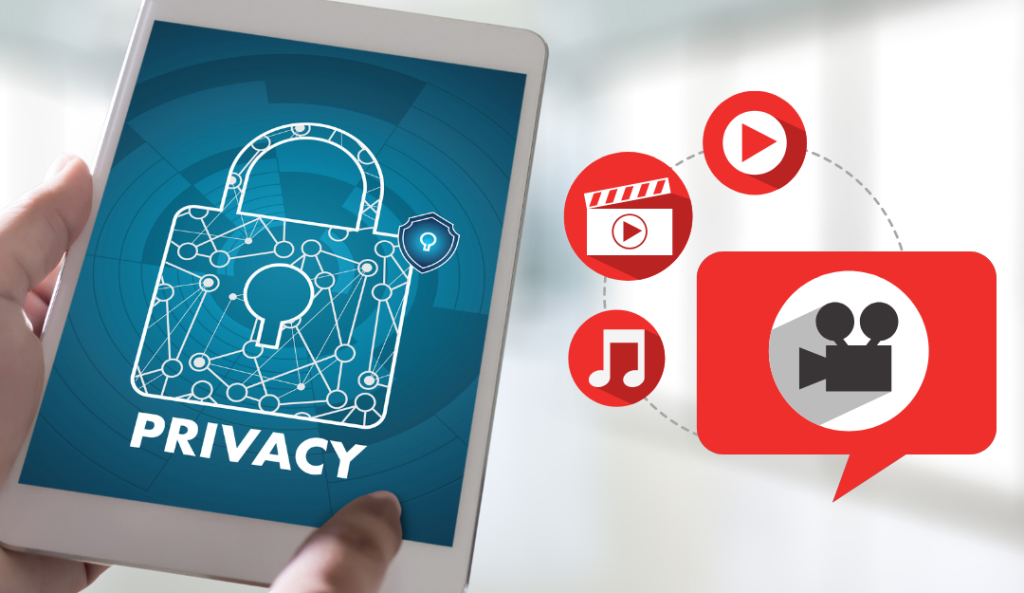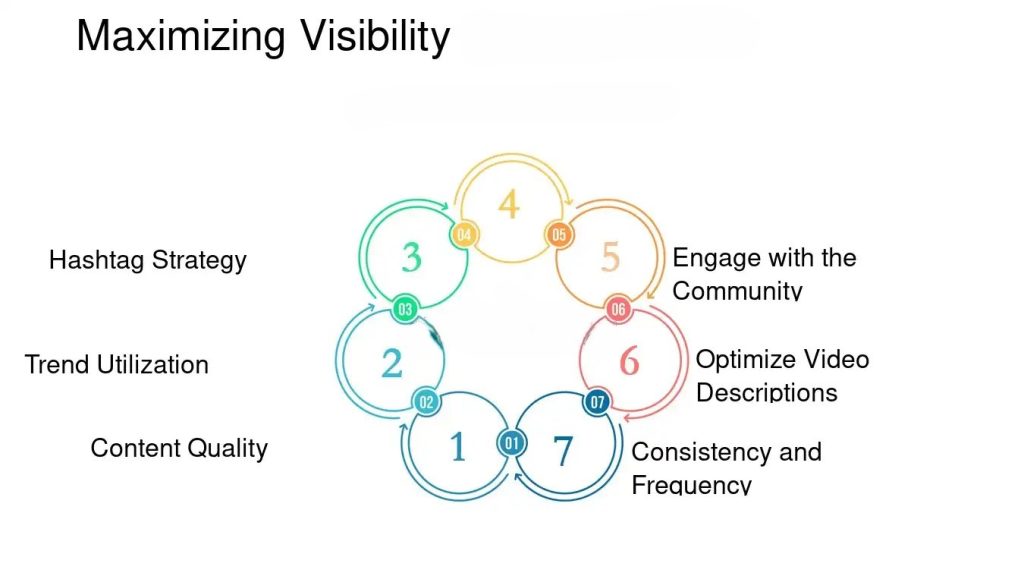As social media continues to evolve, so does the way we measure success. In 2024, simply counting likes and shares is no longer enough. To truly understand your social media performance and make data-driven decisions, it’s important to track the right metrics. The insights you gain from these metrics can help optimize your content strategy, increase engagement, and ultimately drive business growth.

In this article, we’ll discuss the key social media metrics to track in 2024, how to measure them, and why they matter for your social media strategy.
1. Engagement Rate
What It Is:
Engagement rate is the percentage of your audience that interacts with your content through likes, comments, shares, or other actions. It’s a key indicator of how well your content resonates with your audience and is more valuable than vanity metrics like likes or followers.

Why It Matters:
An engaged audience is more likely to trust your brand, advocate for it, and convert into customers. Tracking engagement helps you identify what types of content generate the most interactions and allows you to refine your content strategy accordingly.
How to Track:
You can calculate engagement rate by dividing the total number of interactions (likes, shares, comments) by the total number of followers or impressions, and then multiplying by 100 to get a percentage.
Formula:Engagement Rate=(Total InteractionsTotal Followers)×100\text{Engagement Rate} = \left( \frac{\text{Total Interactions}}{\text{Total Followers}} \right) \times 100Engagement Rate=(Total FollowersTotal Interactions)×100
2. Reach and Impressions
What They Are:
- Reach refers to the number of unique users who have seen your content.
- Impressions refer to how many times your content was shown, regardless of whether it was clicked or interacted with.

Why They Matter:
Reach gives you an idea of how many people are exposed to your content, while impressions show how often it’s been seen. Together, they help measure the overall visibility and effectiveness of your posts in reaching a broad audience.
- Reach is crucial for brand awareness and growth.
- Impressions show how frequently your content appears in feeds, helping you gauge its visibility over time.
How to Track:
Most social media platforms, such as Facebook, Instagram, and Twitter, provide reach and impression data through their analytics dashboard.
3. Follower Growth Rate
What It Is:
The follower growth rate measures how quickly your social media following is growing over a specific period. It’s an essential metric to track if you’re focused on expanding your brand’s presence and reach.

Why It Matters:
A steady increase in followers indicates that your content is resonating with your audience and attracting new people. However, rapid spikes followed by drops could indicate that you’re gaining followers but not retaining them, which can signal content issues or a lack of engagement.
How to Track:
You can calculate the follower growth rate by tracking the number of new followers gained in a specific time period and dividing it by the number of followers at the beginning of the period.
Formula:Follower Growth Rate=(New FollowersTotal Followers at Start)×100\text{Follower Growth Rate} = \left( \frac{\text{New Followers}}{\text{Total Followers at Start}} \right) \times 100Follower Growth Rate=(Total Followers at StartNew Followers)×100
4. Click-Through Rate (CTR)
What It Is:
Click-through rate (CTR) is the percentage of people who click on a link within your social media post, ad, or bio. It’s an important metric for understanding how effective your content is at driving traffic to your website or landing pages.

Why It Matters:
Tracking CTR helps you measure how well your call-to-action (CTA) resonates with your audience. A high CTR means your audience finds your content compelling enough to take further action, whether it’s visiting your website, signing up for a newsletter, or making a purchase.
How to Track:
Most platforms like Instagram, Facebook, and LinkedIn provide built-in CTR data for both organic and paid posts. To calculate CTR:
Formula:CTR=(ClicksImpressions)×100\text{CTR} = \left( \frac{\text{Clicks}}{\text{Impressions}} \right) \times 100CTR=(ImpressionsClicks)×100
5. Conversion Rate
What It Is:
Conversion rate refers to the percentage of users who take a specific action after engaging with your content, such as making a purchase, signing up for a webinar, or downloading a resource. It’s a direct measure of how effectively your social media strategy is turning engagement into tangible business outcomes.

Why It Matters:
The ultimate goal of any social media marketing effort is to drive conversions. Whether it’s sales, leads, or another goal, the conversion rate measures how well your social media activity translates into real business results.
How to Track:
To measure conversion rate, divide the number of conversions (sales, leads, etc.) by the number of clicks or visits, then multiply by 100 to get the percentage.
Formula:Conversion Rate=(ConversionsClicks)×100\text{Conversion Rate} = \left( \frac{\text{Conversions}}{\text{Clicks}} \right) \times 100Conversion Rate=(ClicksConversions)×100
6. Social Share of Voice (SSoV)
What It Is:
Social Share of Voice (SSoV) measures how much of the conversation in your industry or niche is about your brand compared to your competitors. It’s calculated by monitoring social media mentions and comparing them to the total mentions within your industry.

Why It Matters:
SSoV is important for measuring your brand’s visibility and relevance compared to others in your industry. A higher SSoV indicates that your brand is dominating the conversation and has a stronger presence in the market.
How to Track:
You can track SSoV by using social listening tools like Brandwatch, Hootsuite Insights, or Sprout Social to monitor mentions of your brand versus competitors.
Formula:SSoV=(Brand MentionsTotal Industry Mentions)×100\text{SSoV} = \left( \frac{\text{Brand Mentions}}{\text{Total Industry Mentions}} \right) \times 100SSoV=(Total Industry MentionsBrand Mentions)×100
7. Audience Demographics and Insights
What It Is:
Audience demographics include data such as age, gender, location, interests, and other characteristics of your followers. Social media platforms provide detailed insights into your audience, helping you understand who is engaging with your content.

Why It Matters:
Understanding your audience allows you to create targeted content that speaks directly to their needs, preferences, and pain points. By tailoring your content to the right demographic, you can increase relevance and engagement.
How to Track:
Platforms like Facebook, Instagram, and LinkedIn offer detailed demographic insights within their analytics tools.
8. Video View Metrics
What It Is:
For those using video as part of their social media strategy, tracking video views is crucial. This includes the number of views, average watch time, and completion rates for your videos.

Why It Matters:
Video is a powerful content format, and tracking these metrics helps you understand how engaging and effective your video content is. It allows you to refine your video strategy by assessing what’s keeping your audience hooked or causing them to drop off.
How to Track:
Most platforms, including YouTube, Instagram, and Facebook, provide in-depth analytics for video views, average watch time, and completion rates.
For more social media-related topics, you can also check our following topics:-
- A Guide to Creating Shareable Visual Content for Social Media
- Maximizing ROI: Effective Ad Strategies for Social Media Campaigns
- Social Media Metrics That Matter: What to Track in 2024
- Facebook Marketplace for Small Businesses: New Features to Watch
- How to Create Creative Images for Facebook Instagram Stories
- How to Make Your Facebook Profile Attractive
- How to Create Professional Cover Photos for Social Media
- How to Increase Facebook Likes and Reach for Your Profile
- The Complete Guide to Facebook Advertising in 2024: Tips and Tricks
- Facebook Live vs. Instagram Live: Which Platform is Best for Your Business?
- Tips for Creating Viral Content on TikTok, Instagram, and Facebook
- 10 Little-Known Instagram Features You Should Be Using
- Instagram’s New Subscription Model: How Creators Are Monetizing Exclusive Content
- 10 Little-Known Instagram Features You Should Be Using
- 10 Proven Strategies to Grow Your Social Media Following as an Influencer
Final Thoughts
Final Thoughts
Understanding and tracking the right social media metrics is crucial for developing a successful social media strategy. By focusing on metrics like engagement rate, reach, follower growth, and conversion rate, you can gain valuable insights into what’s working, what needs improvement, and how to refine your approach to achieve better results.
Regularly reviewing your metrics helps you make informed decisions, optimize your content strategy, and connect with your audience more effectively. By prioritizing the metrics that matter most to your goals, you’ll be better equipped to grow your social media presence, increase engagement, and drive business success.




























































